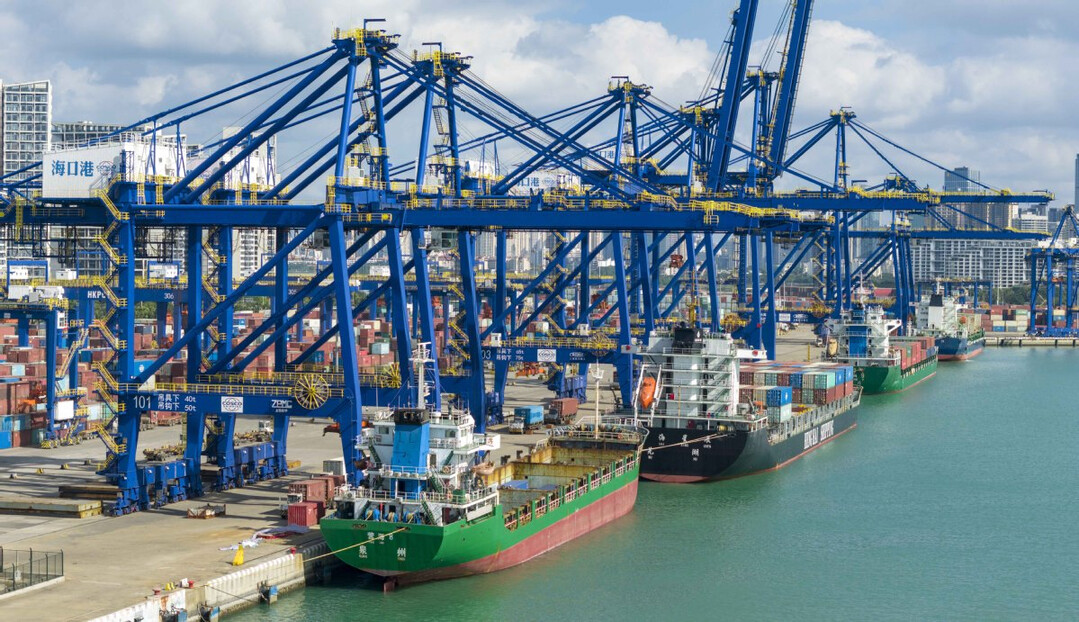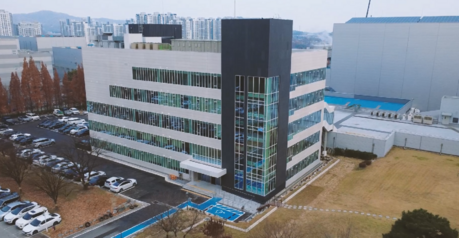
China is forging new opportunities in its marine industries. In 2023, the country's marine economy GDP exceeded 9.9 trillion yuan (approximately $1.4 trillion), accounting for 7.9% of the national GDP and contributing 0.4 percentage points to the overall economic growth.
A significant milestone was achieved in June 2023 with the installation of a 123-meter-long wind turbine blade, equivalent to the height of a 40-story building, off the coast of Pingtan, Fujian province. This blade is part of a 16 MW wind turbine unit, capable of generating over 66 million kilowatt-hours of "green electricity" annually. "It has set a world record for the highest daily electricity generation of 387,200 kilowatt-hours, equivalent to the daily electricity consumption of over 100,000 people," said Zhang Zhe, general manager of the Fujian branch of energy firm Goldwind.
To achieve the domestic independent research, design, and manufacturing of the 16 MW offshore wind turbine, Goldwind, in collaboration with China Three Gorges Corporation, formed over 30 research teams, bringing together nearly a thousand researchers. Over 18 months, they overcame multiple challenges such as lightweight, ultra-long flexible blade design, domestic design of main bearings and transformers, and single-blade hoisting design.
Driven by strong technological innovation, China's marine power generation industry has been expanding steadily, with demonstration projects for marine renewable energy progressing consistently and the industry's added value maintaining high-speed growth for consecutive years. As of the end of 2023, the total installed capacity of offshore wind power in China had reached 37.28 million kilowatts.
Beyond renewable energy, the ocean is also serving as a "blue granary" to enrich the Chinese people's diet. In Hainan province, a breeding and selection base for various marine fish species has been established. Cai Chunyou, chairman of Hainan Chenhai Aquatic Co., Ltd., stated, "We have been rooted in the scientific research and application of marine fish breeding, establishing a germplasm resource bank and gene bank for tropical marine fish. We are working to make aquaculture sources independent and controllable, allowing people to enjoy high-quality and affordable marine fish."
So far, the company has artificially bred 52 species of tropical marine fish, with a parent stock inventory of over 100,000 fish, and the longest breeding period exceeding 20 years.
China has also been strengthening research and application in marine aquaculture breeding technology, innovating aquaculture techniques, and accelerating the construction of marine ranches. By actively developing deep-sea aquaculture equipment and smart fishery, China is driving the marine fishery industry towards informatization, intelligence, and modernization, promoting its high-quality development.
As a populous country facing water scarcity, China has been developing the seawater desalination industry to increase available water resources. This has become a crucial approach to addressing water shortages in coastal regions. With advancements in desalination technology, China has significantly increased its daily seawater desalination capacity.
In conclusion, China's marine industries are experiencing rapid growth and innovation. The country's focus on renewable energy, aquaculture, and desalination technology is not only addressing domestic challenges but also positioning China as a global leader in sustainable marine development.
[Copyright (c) Global Economic Times. All Rights Reserved.]






























